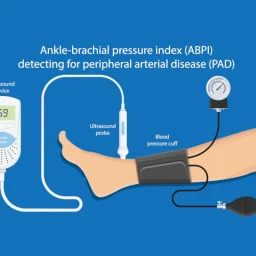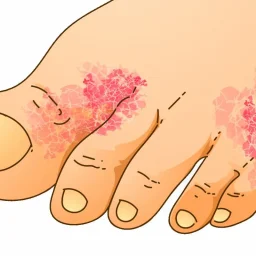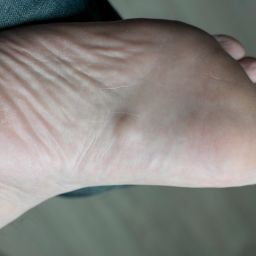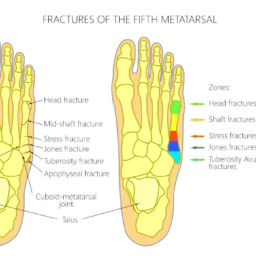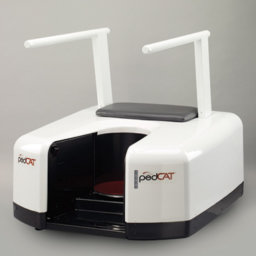
Magnetic Resonance Imaging (MRI) is a powerful medical imaging technique that has revolutionized the way podiatrists diagnose and treat various foot and ankle conditions. Traditionally, podiatrists would rely on X-rays, ultrasounds, and CT scans to assess musculoskeletal issues, but MRI offers unparalleled detail and accuracy. The integration of MRI technology into podiatry practices has provided numerous benefits, with the introduction of in-office MRI machines further enhancing patient care and treatment outcomes. This article delves into the usage of MRI in podiatry and explores the advantages of having an in-office MRI machine.
The Usage of MRI Technology in Podiatry
- Precise Diagnosis: MRI is exceptionally effective in producing detailed images of soft tissues, ligaments, tendons, muscles, and bones in the foot and ankle. This level of precision aids podiatrists in identifying subtle abnormalities, such as tendon tears, ligament injuries, stress fractures, and joint disorders. By accurately diagnosing the root cause of the patient’s symptoms, podiatrists can create tailored treatment plans that lead to improved patient outcomes.
- Non-Invasive Approach: Unlike surgical procedures, MRI is non-invasive, meaning it does not require any incisions or injections. This aspect makes it an attractive option for both patients and practitioners, as it reduces the risk of complications, minimizes patient discomfort, and promotes faster recovery times. Additionally, it allows for multiple scans over time without any negative impact on the patient’s health.
- Early Detection of Conditions: In podiatry, detecting conditions at their earliest stages is crucial for successful treatment. MRI aids in the early identification of conditions such as plantar fasciitis, neuromas, stress fractures, and tendonitis. Early detection allows for timely interventions, preventing the progression of the condition and potentially avoiding more invasive treatments in the future.
- Treatment Planning and Monitoring: MRI provides dynamic imaging capabilities, enabling podiatrists to visualize how foot and ankle structures respond to different movements. This feature is invaluable for treatment planning, particularly for patients with complex foot deformities or gait abnormalities. Additionally, in cases where conservative treatments are implemented, MRI can be used to monitor treatment progress and make necessary adjustments as needed.
Benefits of In-Office MRI Machines
- Convenience and Efficiency: Having an MRI machine in the podiatry office eliminates the need for patients to travel to external imaging centers, reducing appointment wait times and enhancing overall convenience. Patients can receive a prompt diagnosis during their initial consultation, leading to a more efficient treatment timeline and improved patient satisfaction.
- Immediate Consultation: With an in-office MRI machine, podiatrists can view the images in real-time, allowing for immediate consultation and discussion with the patient. This real-time interaction fosters better communication and patient-doctor rapport, as the podiatrist can explain the findings and treatment options while the patient is present.
- Enhanced Continuity of Care: The integration of an MRI machine in the podiatry office promotes enhanced continuity of care. Podiatrists can directly interpret the images, which ensures that there is no miscommunication or delay in relaying critical information between different healthcare providers. This cohesive approach results in more seamless and effective patient management.
- Personalized Treatment Plans: In-office MRI machines facilitate a more patient-centric approach to treatment planning. By promptly obtaining detailed imaging, podiatrists can better understand each patient’s unique condition and tailor treatment plans accordingly. This personalized approach leads to more successful outcomes and improved patient satisfaction.
- Cost-Effectiveness: While the initial investment in an in-office MRI machine may seem substantial, it can prove cost-effective in the long run. By reducing the need for external imaging services and streamlining the diagnostic process, podiatry practices can optimize resource utilization and potentially attract more patients due to the convenience offered.
Conclusion
The integration of MRI technology in podiatry has significantly enhanced the diagnostic capabilities of foot and ankle specialists. Through precise imaging and non-invasive procedures, MRI aids in accurate diagnosis and treatment planning, enabling podiatrists to provide improved patient care. The addition of in-office MRI machines further amplifies these benefits, offering convenience, immediate consultation, enhanced continuity of care, and personalized treatment plans. As technology advances and MRI machines become more accessible, the future of podiatry holds great promise for optimal patient outcomes and overall practice efficiency.
Certified Foot and Ankle Specialists use MRI technology at their podiatric offices in Boynton Beach and St. Petersburg. With these convenient locations our patients from all our locations across the East and West of South Florida are able to receive quicker and more accurate diagnosis for their foot and ankle issues. We have the most advanced technology available to get you back in motion.




